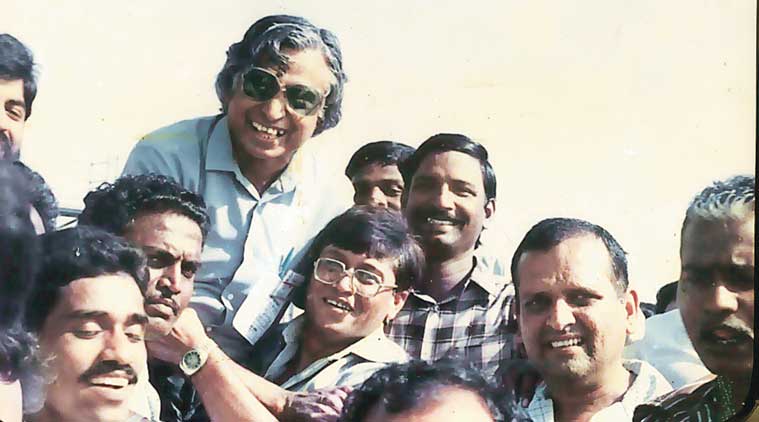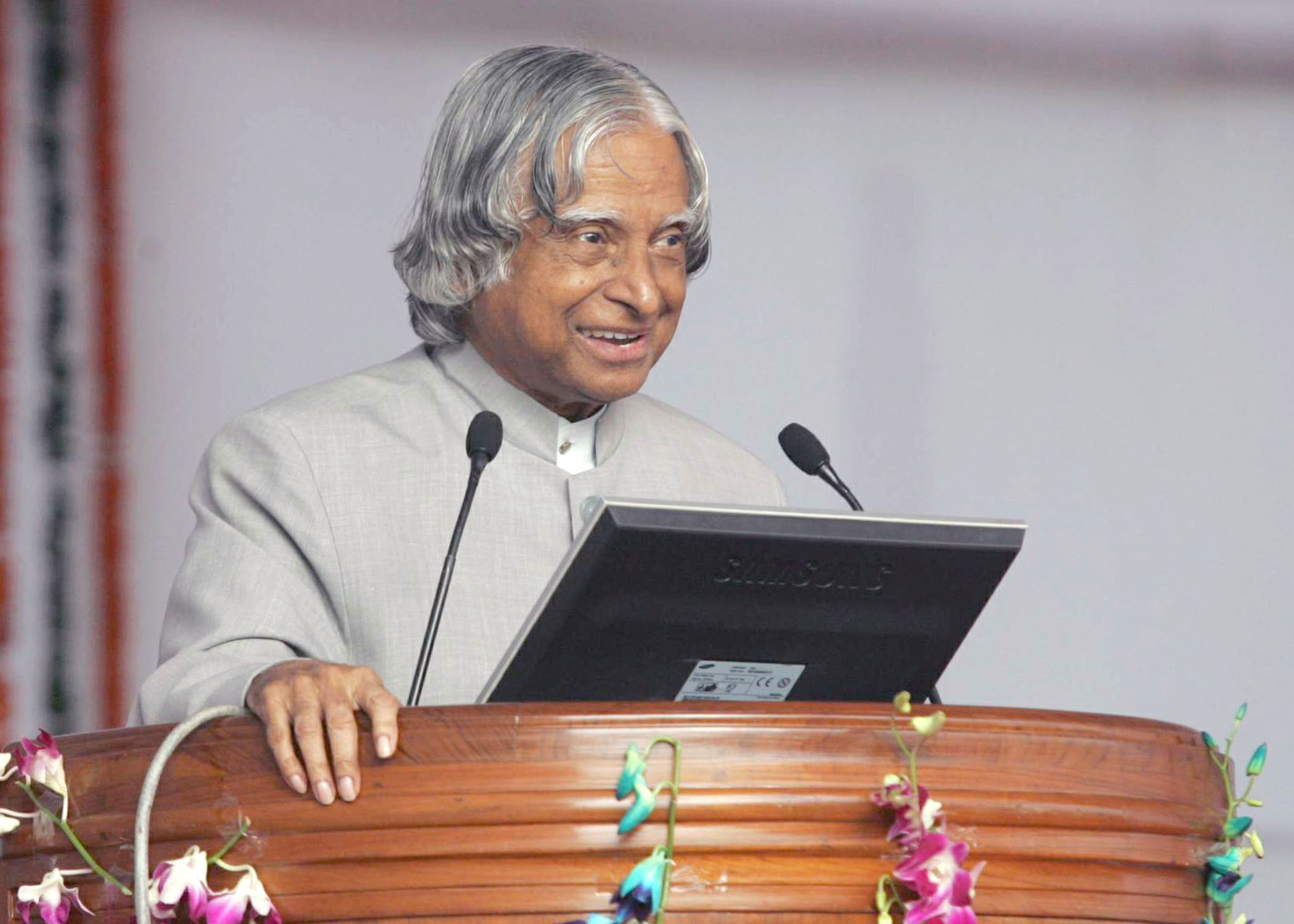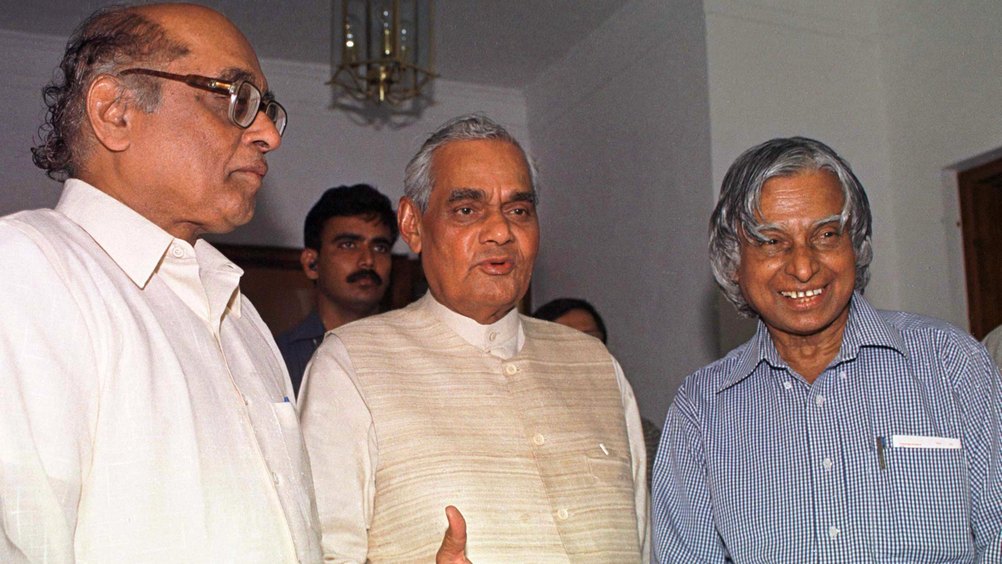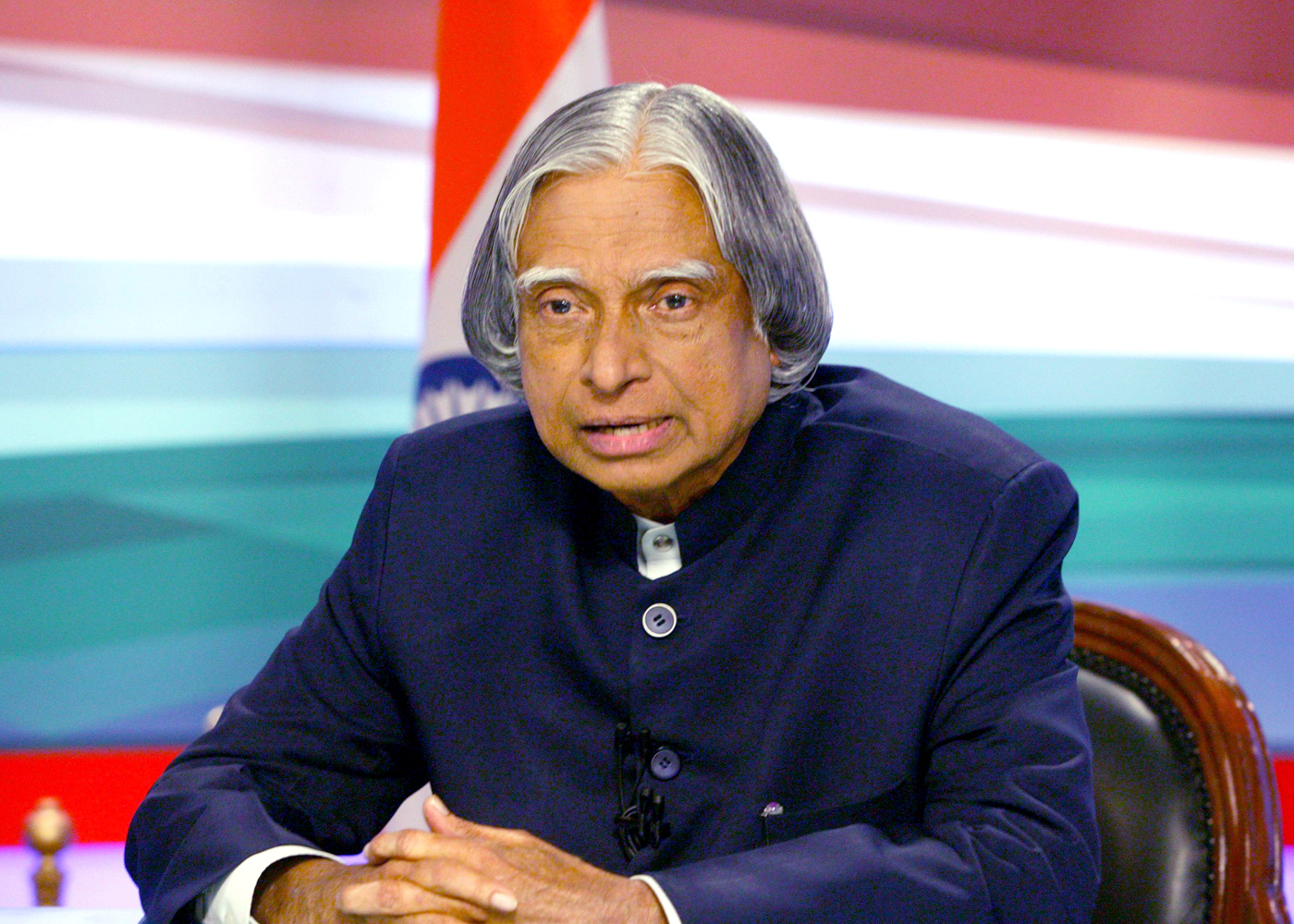APJ Abdul Kalam is knows as missile man
APJ Abdul Kalam Biography – What is the best work? To make a person’s heart happy, to feed the hungry, to help the needy, to lighten the sorrow of the poor and to serve the injured.
Bharat Ratna, Missile Man, Former President Shri A.P.J. It is a matter of luck to write the biography of Abdul Kalam ji. I feel proud to be an Indian today that I was born in the country where such a great man was born. Kalam ji’s life is not less than an inspiration, there are many such aspects behind the success of his life, which if we know, then we will know how much struggle and hard work he achieved this success. So come on today. P.J. On the birth anniversary of Abdul Kalam ji, let us know all the aspects of the life of the great man.
APJ Abdul Kalam Biography –
1. APJ Abdul Kalam full name
Mr. A. P.J. Abdul Kalam’s full name was ‘Abul Pakir Jainulabdeen Abdul Kalam’. Whom with love P.J. Known as Abdul Kalam.
2. APJ Abdul Kalam family
Abdul Kalam was born on 15 October 1981 in a small village Dhanushkodi in Rameswaram, Tamil Nadu in a normal Muslim family and Father Jainulabdeen’s education and financial condition was normal, They rent boats to fishermen. He had five brothers and five sisters. Kalam ji lived in a collective family.

3. Elementary education
APJ Abdul Kalam ji also had to struggle a lot for his education because his father was very poor and could not teach him, so Kalam ji also distributed newspapers from door to door to continue his elementary education.

He completed his higher education in space science from Madras Institute of Technology in 1950. After the completion of his bachelor’s degree, he worked on the Harvard Craft project and for this he joined the Indian Defense Research and Development Institute. In 1962, Kalam ji reached the Indian Research Organization and after reaching there, he raised many flags of success. He played a directorial role in the development of the indigenous satellite launch vehicle SLV-3.

In July 1982, he successfully launched the Rohini satellite into space. He has learned the most in his life from three people namely Vikram Sarabhai, his professor Satish Dhawan and Brahm Prakash ji.
4. Scientific life
APJ Abdul Kalam ji entered the Indian Research Organization in 1962 where Abdul Kalam ji became the Project Director General and he achieved the distinction of launching India’s first indigenous satellite while in this position. He also placed the Rohini satellite in the Earth’s orbit, due to which India became a member of the International Space Organization.

He is also credited with making indigenous missiles. Abdul Kalam ji made missiles like Agni and Prithvi and prepared them completely on Indian soil. This was the reason why he was known as Missile Man. In 1998, he conducted his second successful nuclear test in Pokhran and brought India with nuclear-armed nations.

Kalam was also appointed as a Scientific Adviser to the Indian Ministry of Defense in 1992. He conducted many scientific activities under his supervision. He had a dream that India should achieve success in the field of science in 2020 and be at the top of the list of nuclear powered countries of the world.
5. When did Dr. Abdul Kalam become the President –
The 11th President of India, Abdul Kalam, was made a presidential candidate by the Bharatiya Janata Party and his constituents in 2002, but seeing the personality of Abdul Kalam, all the parties fully supported him and thus he became the leader of India. Became the 11th President.

Although Kalam ji was far from political life, but as a President, he fulfilled his work in the form of very efficient politics. His tenure lasted from 2002 to 2007. He had satisfied everyone with his style of work during his tenure. Kalam ji was such a simple and simple person that after the end of his term, he again continued his resolve to educate the children and continued to teach till his last time.

6. Raised his own family expenses is
another incident reflecting the great personality of APJ Abdul Kalam ji. In fact, in May 2006, Abdul Kalam invited 52 people from his family to Delhi. These people stayed in Rashtrapati Bhavan for eight days. During this, Abdul Kalam kept an account of even a cup of tea and after his departure, after deducting a check of three lakh fifty two thousand rupees from his account, deposited it in the account of Rashtrapati Bhavan. Even when his family members went to Ajmer Sharif in a bus, his fare was also paid by Abdul Kalam ji.
7. When did Dr Abdul Kalam die (abdul kalam death date)
Abdul Kalam ji was teaching children at the Indian Institute of Research Management, Shillong on 27 July 2015 and while teaching he suffered a heart attack, due to which he died. How big was the personality of Abdul Kalam ji, we can find out from the fact that even when his term as a President ended, he did not think of stopping for himself and continued to give his ideas to the students.
8. The main works of Kalam (abdul kalam books) –
Kalam ji has put his thoughts in front of everyone through books in literature. He wrote a total of 4 books in his life.
India 20-20- Vision for the New Millennium, My Journey, Ignited Minds- On Listening to the Power in India, Wings of Fire, Scientist to President
Kalam’s books have been translated into many languages. Kalam ji was a scientist who received doctorate degrees from many universities and institutes.

9. Awarded with Bharat Ratna (abdul kalam awards)
Abdul Kalam received many honors and awards in his life. Kalam’s 79th birthday was celebrated as ‘World Student Day’ by the United Nations. Apart from this, Kalam ji was awarded the standard directorate degree by more than 40 universities. He was awarded ‘Padma Bhushan’ by the Government of India in 1981 and ‘Padma Vibhushan’ in 1990. This honor was given to him for his scientific achievement in ISRO and DRDO. In 1997, Abdul Kalam was awarded India’s highest civilian award “Bharat Ratna” for his contribution to scientific research and technological development in India.










